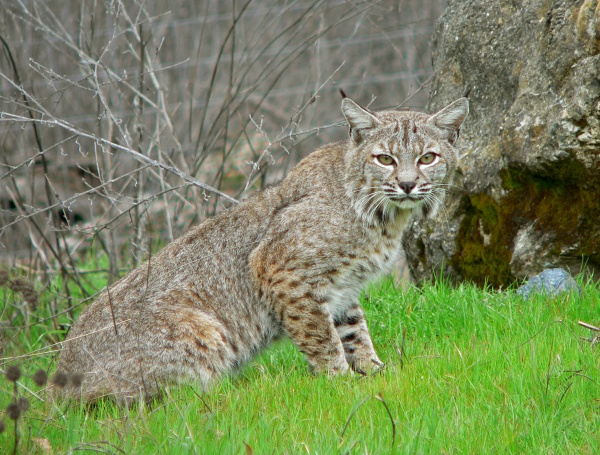Facts About Bobcat
The bobcat, also known as the red lynx, is a medium-sized wild cat indigenous to North America. They are found from southern Canada, through most of the United States, and into Mexico. Despite being hunted both for sport and their fur, bobcats are listed as "Least Concern" on the IUCN Red List due to their widespread distribution and abundant population.
These cats are easily recognized by their black-barred forelegs and distinctive bobbed tails. They are highly adaptable predators, inhabiting a variety of environments, from wooded areas and semi-deserts to urban fringes. Their diet is diverse, including rabbits, hares, birds, rodents, and even deer.
There are two primary subspecies of bobcats, one inhabiting the east and the other the west of the Great Plains. They evolved from the Eurasian lynx, migrating into North America during the Pleistocene epoch. Bobcats are solitary and territorial, marking their domains with claw marks, urine, and feces. They breed from winter to spring, with a gestation period of approximately two months.
Bobcats employ versatile hunting strategies and prey on a wide range of animals, from insects to deer. They are most active during twilight hours, a behavior known as crepuscular activity, and maintain well-defined territories marked with their scent. Although they are resilient, they face threats from humans and larger predators such as cougars and coyotes, as well as diseases. Urbanization and habitat fragmentation also pose significant challenges to their conservation.
In many Indigenous cultures, bobcats hold a special place in stories and folklore. Various Native American tribes have tales that highlight the bobcat's importance. Historically, they have been hunted for their fur and for sport, leading to the establishment of regulated hunting practices. Conservation efforts are ongoing to protect bobcat populations, especially in areas where urban development threatens their habitats.

 Canada
Canada